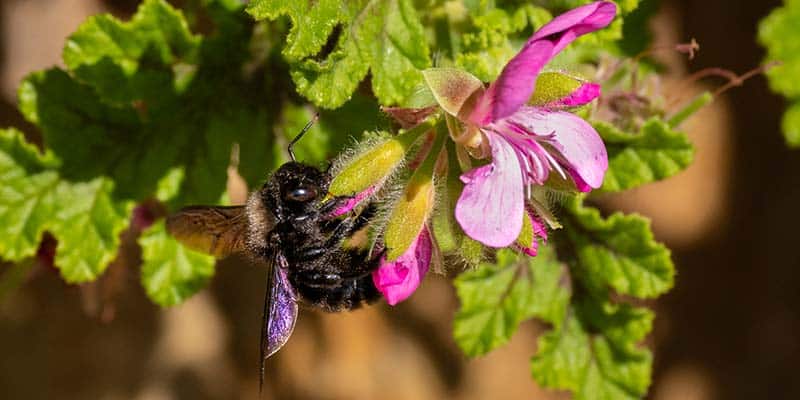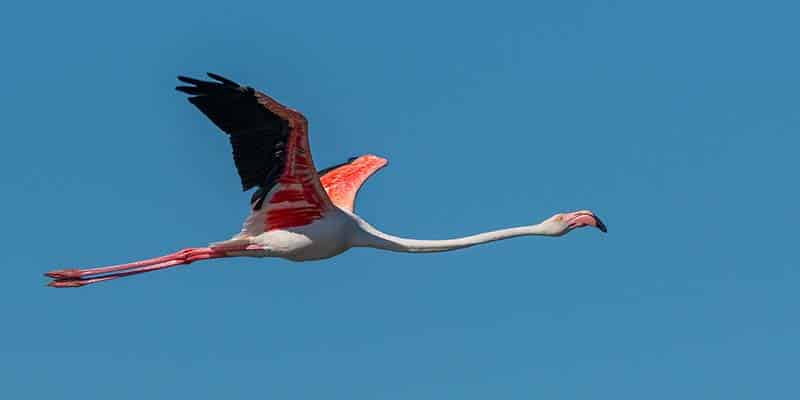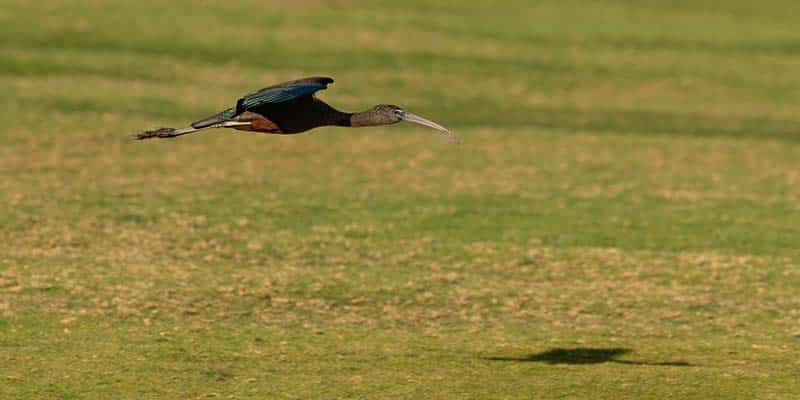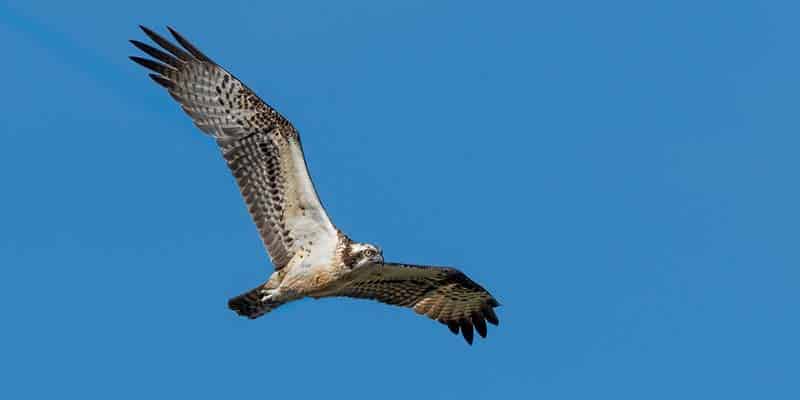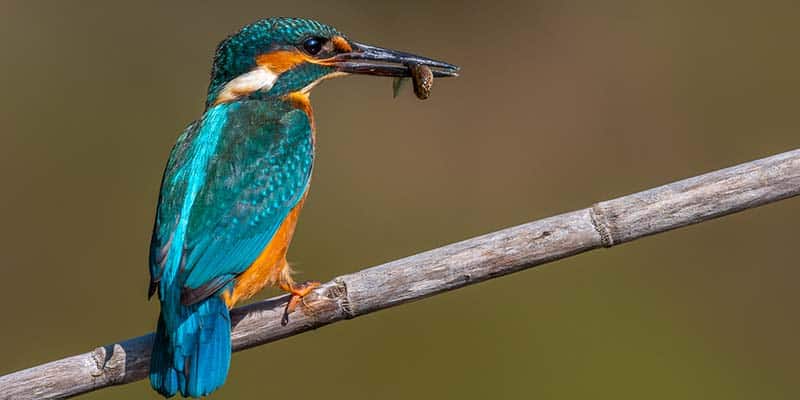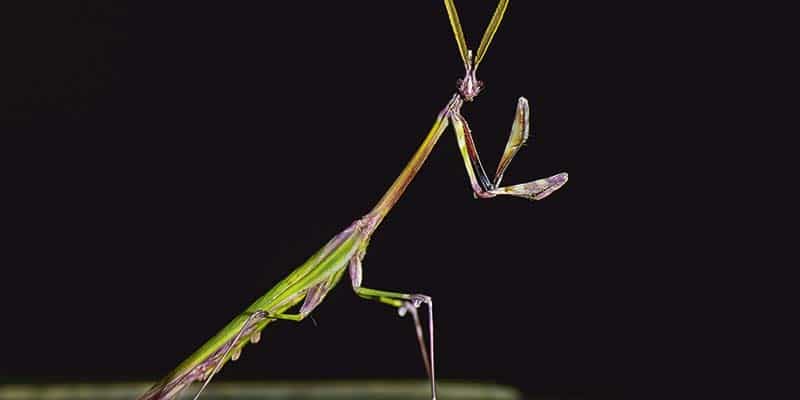Springtime!
Officially, springtime doesn’t begin until March 20, however, February seems to be the unofficial start in the Algarve region. You may have noticed the almond trees have already blossomed and,
Serins: our very own canary, relatively speaking
It may appear strange that last month I wrote about birdlife during winter and this month I’m already discussing springtime. At the time of writing, we are experiencing a real
Interesting birdlife continues through the winter
The bee-eaters, golden orioles and many of the eagles may be long gone and are enjoying life in the southern hemisphere, but that doesn’t mean that there isn’t anything worth
The hills are alive with the sounds of … beeps?
We first moved to the Portuguese hills towards the end of the hot summer of 2016. We waited until October before we saw our first rains and it was an
The glossy ibis, no longer a rarity in the Algarve
Just 10 years ago, birdwatchers in the Algarve would have glossy ibis on their tick-off lists as a rare sight, however, fast forward to today and it’s easy to find
The grand fish catcher
The autumn migration is well underway and as I sit writing this article, a pair of squacco herons fly over to land at a nearby farmers’ barragem (water reservoir) for
Fiddler crabs
Whilst returning to the car after an amazing morning photographing greater flamingos at sunrise (available on my website), I overheard another visitor to Ludo saying “oh look at that poor
The guardians of the river
I have recently published some photographs of a juvenile male Common kingfisher and have been inundated with requests for information on where to view kingfishers in Portugal. Therefore, it was
A touch of exotic: common waxbills
Due to its close proximity to Africa, Portugal has several exotic species that you wouldn’t expect to see in Europe and the common waxbill is no exception. The common waxbill
Mantises of Portugal
The mantis, an insect having over 2,400 different species, is often seen although only two species are commonly found in Portugal. They are often nicknamed Praying mantis due to their


